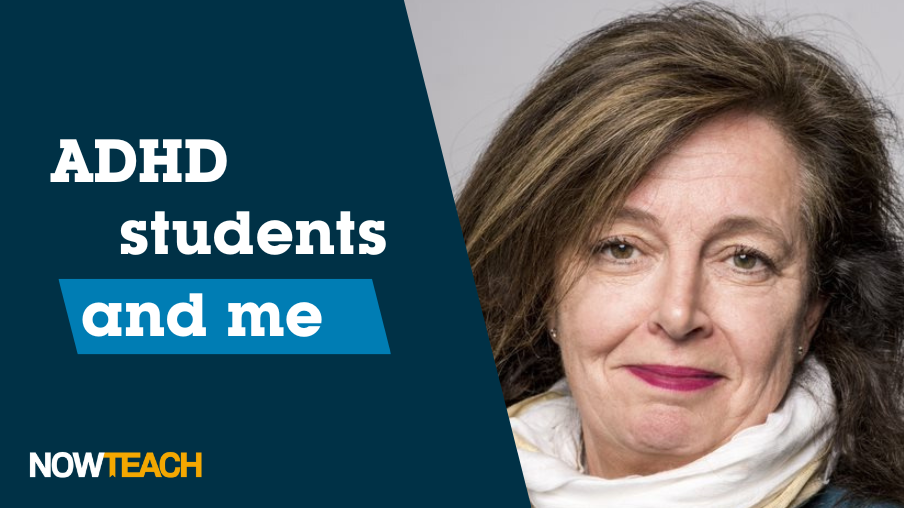Although I had yet to become a teacher at that point, I began to research this complex neurodevelopmental disorder, resulting in a book and the realisation that many of my son’s challenges were similar to mine at school.
The challenges
When I started teaching six years ago, I quickly became overwhelmed by the obvious needs of the children with special educational needs (SEN) who were in the mixed-ability class I was training in. Instead of compassion for my fellow ADHDers, I often felt a particular frustration with them and their constant disruptive ways.
The three traits of ADHD – distractibility, restlessness and impulsivity – would often result in pupils calling out without putting their hand up (impulsivity), leaning back on their chair or tapping on the desk with pens and rulers (restlessness), or not following instructions and finishing work (distractibility).
With the incidence of ADHD at around 5% of the population, I realised that I could expect at least one child in every class of 30, and often there was often no formal diagnosis on the register to offer further insight. I even began to worry that my own ADHD was somehow a trigger for class clown behaviour.
Through observations and discussions with my more experienced mentor during my final NQT assessment period, I began to put greater effort into differentiating my resources for different students. Her mantra was to make every pupil leave feeling successful in the subject, even if it meant paring back the learning objective.
Planning for success
I no longer paid lip service to the obligatory ‘extension’ and ‘support’ details on each slide of my PowerPoint, and I started to overhaul my resources and handouts with the SEN pupils in my mind.
First, I began to use more colour in my photocopies, so the exercises looked more interesting and appealing for the ADHDers. I also provided writing frames for every writing exercise. Most importantly, I thought hard about making the less able feel successful in my lessons – moving them to the front of the class nearest my desk, even though I had been tempted to leave them at the back of the class.
With my mentor’s support, I began to understand that this level of detailed planning (usually a Sunday afternoon) would actually save me time because I wouldn’t be circulating around the class keeping order or fire-fighting some incident that had broken out in the back corner. Instead would be quietly slipping those pupils a carefully planned handout to support their learning.
Improving behaviour
Then I turned to behaviour issues. I made my more hyperactive pupils ‘book monitors’, a special status I had borrowed from primary schools, allowing pupils to be go-betweens between classes or to be out of their seats at the start and end of the class, dispensing and collecting the exercise books and textbooks.
Often ADHD pupils crave recognition and attention, hence their behaviour, so now I also had a reason to motivate them positively with the school points system.
As the disruption in my class began to subside, my own teaching confidence improved, as did the peaceful and positive atmosphere in the class. Ironically, this also served the distractible ADHD students.
After a few months of this approach, what I loved about teaching – sharing knowledge and seeing progress in pupils – was now visible in my mark book.


